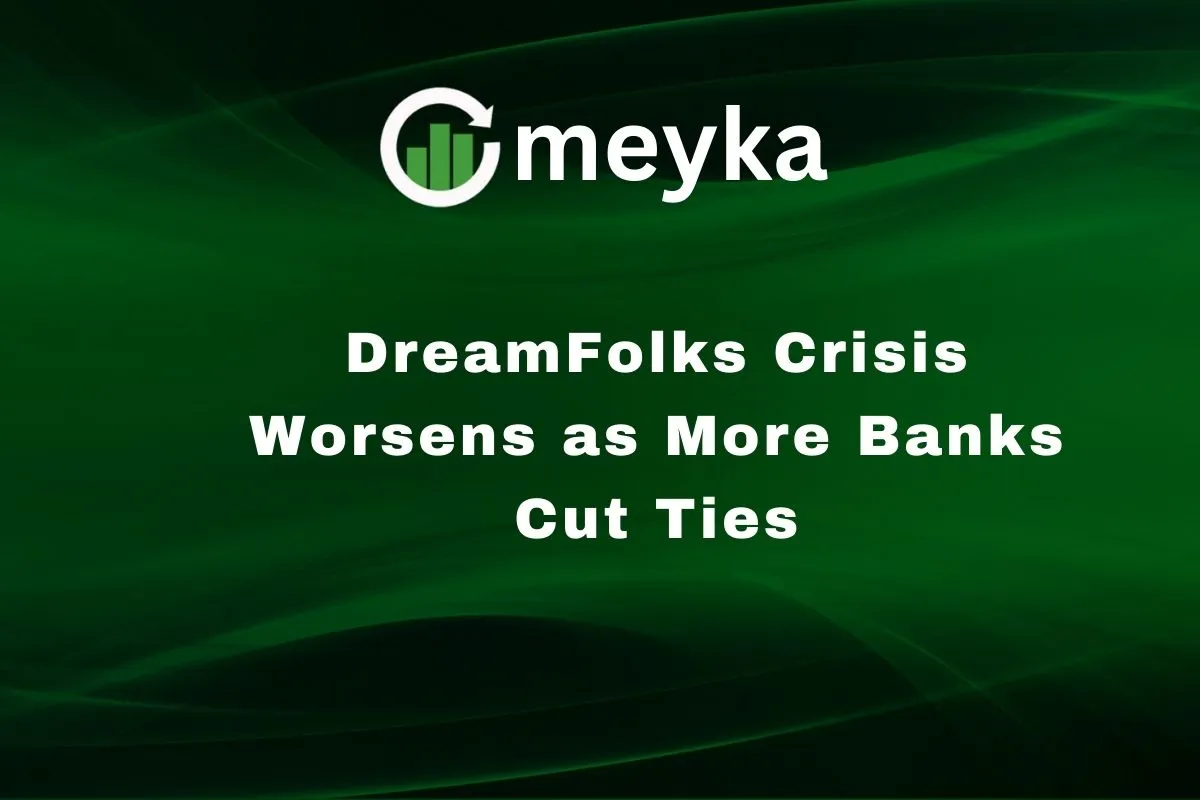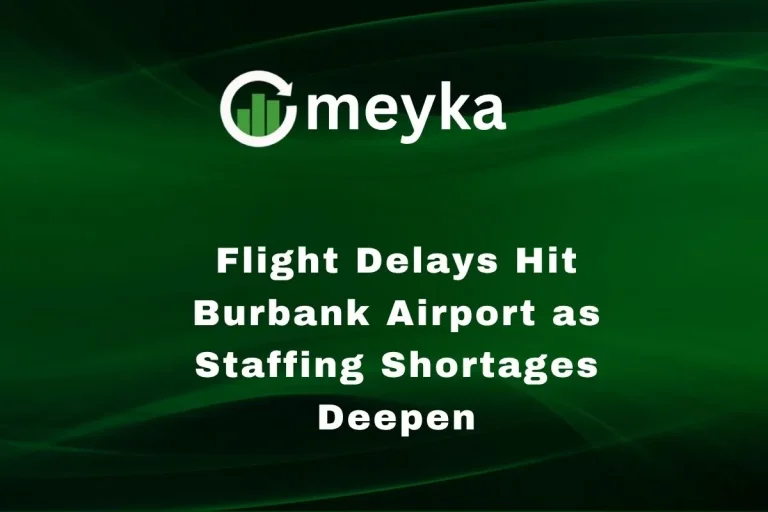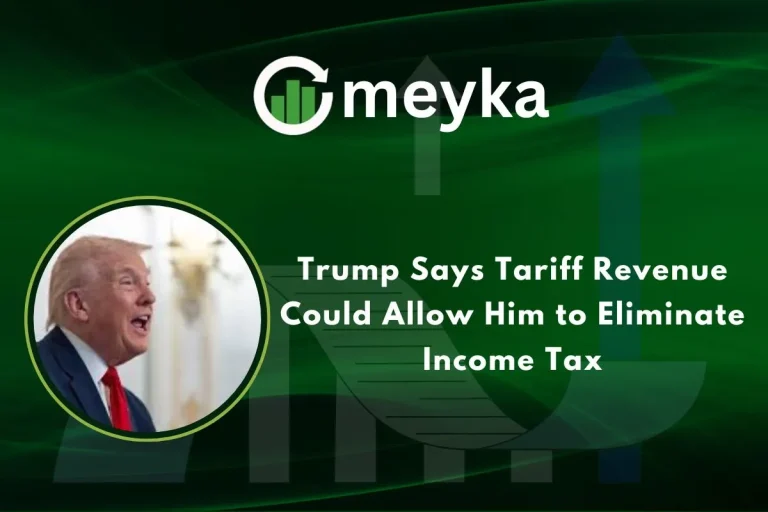DreamFolks Crisis Worsens as More Banks Cut Ties
We are seeing a sharp shake-up at DreamFolks, once India’s front-runner in airport lounge access. In recent weeks, several key partners, banks, and airport lounge operators have ended contracts or moved to work directly with lounges. DreamFolks has now discontinued its domestic airport lounge services in India, calling the impact “material.” Shares plunged more after the announcement.
We’ll examine how this crisis unfolded, why banks cut ties, and what it means for travelers, investors, and DreamFolks itself.
DreamFolks’ Business Model & Growth Story
DreamFolks served as a middleman. Banks, card networks, and lounge operators all relied on it. If you had a travel or premium credit/debit card, chances are DreamFolks gave you lounge access. They built up fast. At one time, they had almost 90% market share in India’s airport lounge access business mediated by aggregators. Most of its revenue came from airports and lounges. Very little from other services.
The Crisis Unfolds
In recent months, key clients began pulling out. Banks like Axis Bank and ICICI Bank cut ties. Lounge operators such as Encalm Hospitality, Semolina Kitchens, and Adani Digital also ended contracts. On 16 September 2025, DreamFolks officially said it would discontinue its domestic lounge services “materially” and immediately.
Why Banks Are Cutting Ties
We see a few reasons:
- Direct access trend: Airport operators want to offer lounge access themselves. They are building platforms, buying POS software, or doing direct deals with banks, cutting out middlemen like DreamFolks.
- Contract terminations: Lounge providers are pulling out of DreamFolks’ network. This reduces DreamFolks’ coverage and attractiveness.
- Financial strain: With big clients gone, user traffic is down sharply. Previously, DreamFolks handled ~800,000 lounge uses per month. Now traffic has dropped to about 400,000-500,000 per month.
Financial & Market Fallout
- The stock has crashed. It is down 65–70% year-to-date.
- Following the exit announcement, shares fell ~5% in early trading.
- Terminating key contracts is marked as “material” in their filings. That means big financial effects are expected.
Impact on Customers
- Many cardholders will lose free or discounted lounge access. If your bank used DreamFolks, the perk is gone, unless your bank found a new partner.
- Smaller banks’ customers are most at risk, because big banks are switching faster to alternatives.
- There is confusion: travelers arriving at airports are not sure if their bank card works. Some have been turned away.
Competitive Pressures
- Platforms like LoungeOne (by Adani Digital) and EliteAssist (by Travel Food Services) are becoming new options. Banks are aligning with them.
- Airport operators themselves are acting as lounge providers. They don’t need an aggregator. They can offer direct deals.
- For DreamFolks, dependence on banks and on lounge operator contracts made risk high. When those parties exit, DreamFolks loses both suppliers and customers.
Possible Way Forward
We believe DreamFolks could try:
- Diversifying into services beyond lounges. E.g., wellness, dining, airport transfers.
- Expanding its global lounge business in countries where it still has stable contracts.
- Cooperating with banks to offer new types of perks or redesign loyalty programs.
These steps won’t fix things overnight. But they may help reduce damage.
Broader Industry Lessons
- Being a “middleman” is risky when end-players want direct control. In many sectors, including fintech and travel, we see this trend.
- Loyalty perks (like lounge access) are costly. Banks may prefer to control them rather than pay aggregators.
- Travel-industry recovery is uneven. While international travel is picking up, domestic travel perks are getting squeezed.
Conclusion
DreamFolks now stands at a crossroads. Its core business, domestic lounge access, is gone. Big banks and lounge providers have walked away. We see shared losses: investors lose value, customers lose perks, DreamFolks loses its strong position.
If DreamFolks is to survive, it must adapt fast. The road ahead will require new ideas, new partners, and maybe new business models. Otherwise, this could be the turning point that ends its dominance in India.
FAQS:
DreamFolks shares are falling because banks and lounge partners have eft. The company also stopped domestic lounge services. Investors fear lower income, so the stock price keeps dropping fast.
DreamFolks lounge access depends on your bank card. Entry is limited to certain lounges, visit counts, and card types. Terms vary by bank agreement and lounge rules.
No, the DreamFolks card is usually personal. Only the cardholder can enter lounges. Some banks allow guests with charges, but free entry is cardholder only.
Disclaimer:
This content is for informational purposes only and is not financial advice. Always conduct your research.






